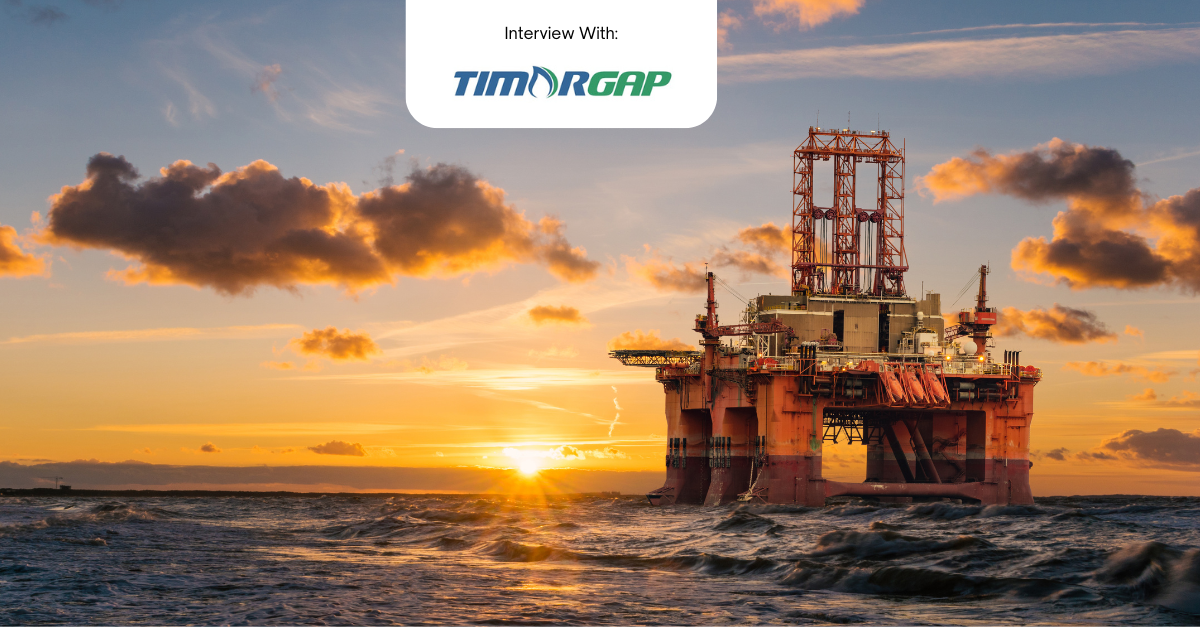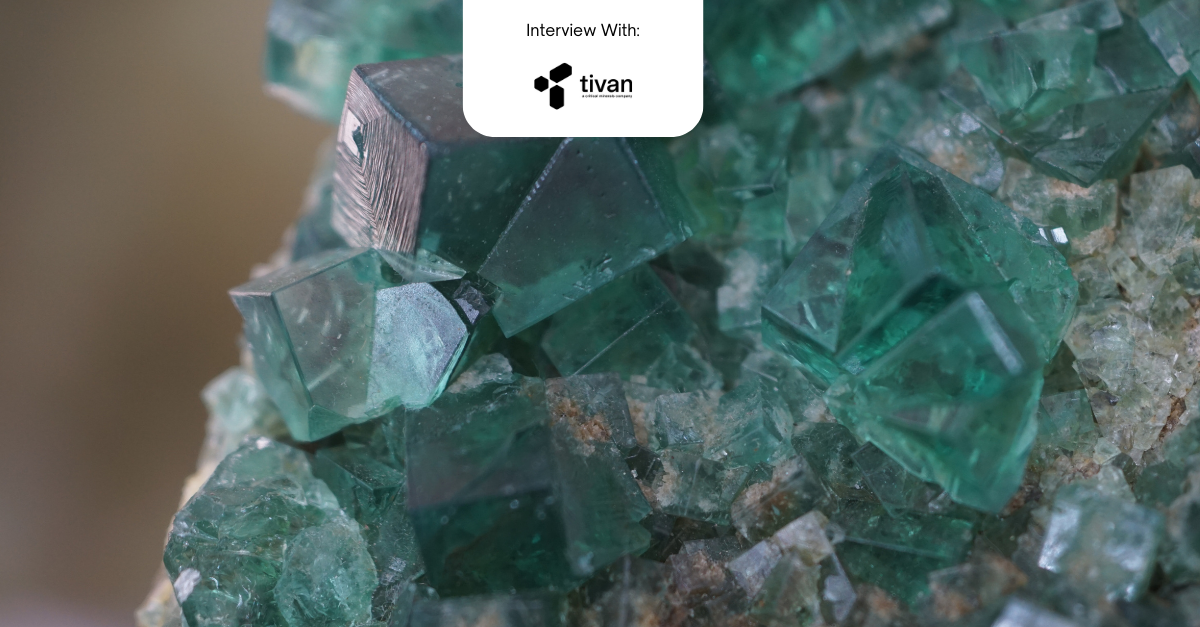Timor-Leste is entering a new era of offshore exploration with TIMOR GAP’s Offshore Block, one of the country’s most promising deep-water frontiers. In this interview, Mateus da Costa, Managing Director of TIMOR GAP Offshore Block, discusses the technical breakthroughs behind the Crocodile 3D Seismic survey, the identification of high-potential Jurassic and Triassic targets, and how the company is preparing innovative infrastructure solutions to ensure the timely and sustainable development of future discoveries.
Q1. The Offshore Block represents a significant deep-water frontier for Timor-Leste, what makes this block technically attractive to international E&Ps?
A: Offshore Block is a new frontier exploration in the Timor-Leste Offshore Exploration, the block was awarded to TIMOR GAP by the Ministry of Petroleum and Mineral Resources in December 2025. Within that same period, TIMOR GAP Offshore Block (TGOB) U.L. immediately carry a 3D Broadband Seismic called the Crocodile 3D Seismic over the entire contract area. Upon the completion of the acquisitions processing of the said data, TGOB further carried the interpretation and managed to identify a total of 17 prospects with 31 multi-stacks multiple targets of different geological formation with Jurassic and Triassic as the primary targets and Permian as the secondary targets. All the prospects identified are considered as world glass prospects with three main prospects as the first drillable targets, whereas the remaining ones can be tap upon the success of any of the three drillable prospects. This PSC is located adjacent to existing discoveries such as Sunrise-Troubadour field which situation just 35 kilometers to the south, and approximately few tens of kilometers away from previously producing assets such as Kitan, EKKN, Bayu-Undan and Laminaria – Corolina, few other discoveries such as Abadi, Barosa, Chudiths, and Ivansole.
The TGOB has carried out a quite advance technical G&G works, including the application of the most advance seismic data processing utilizing the Full Waveform Inversion (FWI) – Reverse Time Migration (RTM) re-processing method. The outcome of the FWI-RTM reprocessing provides a very significant improvement to the Seismic Image quality, specially for those that are situated under the sub-thrust area within the norther region of the Contract Area. Improvement of the seismic data quality has provide a significant upside to the interpretation and delineation of the volumetric of the gross-volume to increase by 30% of the previously calculated volumetric gross rock volume. Each of the individual drillable prospect identified is believed to host more than 300 MMSTBO after taking into the consideration of a change geological success of 31-37% PoS.
Q2. How are you addressing the infrastructure and market access challenges of offshore development to ensure timely commercialization once discoveries are made?
A: With the absence of the existing infrastructures, currently the TGOB has carried out a pre-exploration drilling alternative development concept through a third party desktop studies, by assessing the possibility of several different development scenarios including tapping into the future Sunrise-Troubadour pipelines through a share facilities economic model, and or establishing a standalone offshore floating productions facilities in at a nearby shallow water area within either the northern or the southern area. The team will also look at the third alternative of having an offshore floating productions facility with the gas to be shared pipelines in with existing pipeline facilities. It is expected that outcome this study would provide a much better insight of how this project are to be developed upon successful.




.png)


